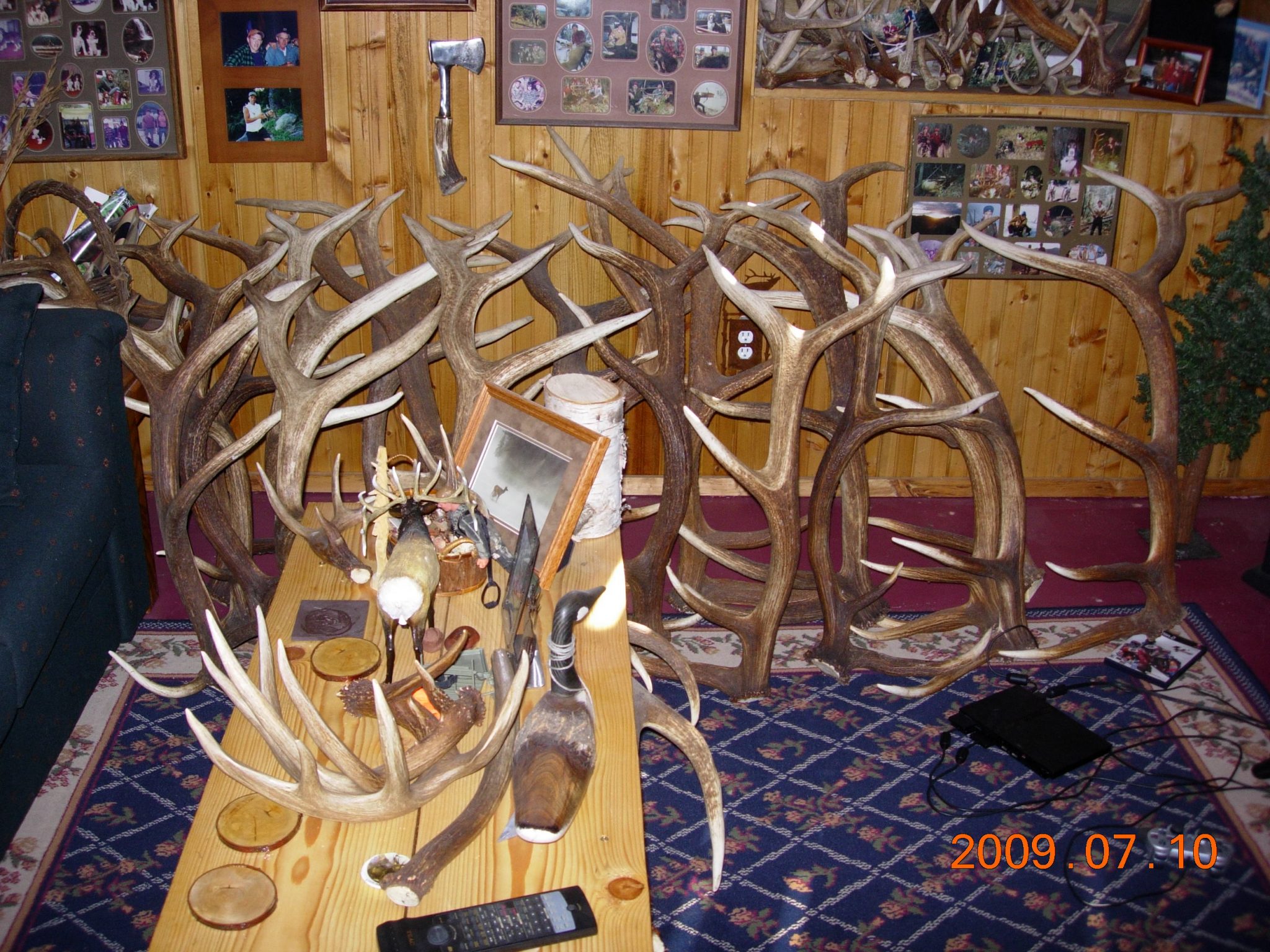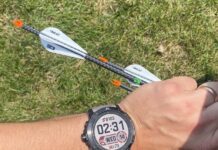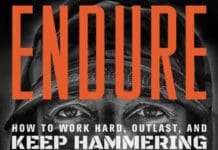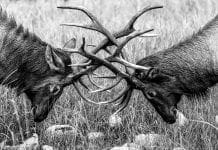Low Impact Elk Hunting Fitness
By Ross Russell
What is the number one piece of Elk Hunting Equipment that can make your hunt more enjoyable, provide more opportunities and allow you to hunt the areas where the majority of the elk reside, day in and day out? In my book, this would be your personal fitness!
In today’s Elk Hunting World, we can purchase many items that will allow us to become more proficient with our weapon and get closer to elk, but fitness is derived by plain old hard work and sweat! When I review Hunting Forums and the following question is posed, “what could make you a better hunter or what would you change?” The answer will tend to be “I want to be in better hunting shape and or lose weight “! I am by no means an expert in this category, nor an Olympic athlete, but I have found what works for me. It is not that difficult, nor expensive, but as with Elk Hunting, personal fitness takes dedication, practice and a mindset that you can accomplish your goal.
Here are my tips for Elk Hunting Fitness
1. You need something to keep your focus and mindset when you will have those days that you don’t feel like working out. For me that is either envisioning my next hunt, the next encounter with a bugling elk up close and personal or adding to my collection of elk sheds.

2. Give yourself ample time to get in shape. I would expect for most this would be 60-90 days before your hunt, depending on your age, your current level of activity and the type of elk hunt you will be partaking in. Set a realistic goal and go for it.
3. Set up a plan and be consistent with it. Being very close to 50, I have found that low impact activities can yield very good results both for cardiovascular and muscle endurance. Elk hunting is not a sprint, but often a marathon. By training and pushing your body in the off season, you will learn your limits, will be able to hike farther with less fatigue and will simply enjoy the hunt more. This does not mean that you have to be superman, but any improvement on your current level of fitness will go a long way in helping you achieve success afield.
4. The number of options for work out routines are endless. Experiment and find a routine that works well for you. Being an individual with knee problems, I had to find an option for cardiovascular training that did not involve running or biking. For me that means many hours on the treadmill with a 15% incline.
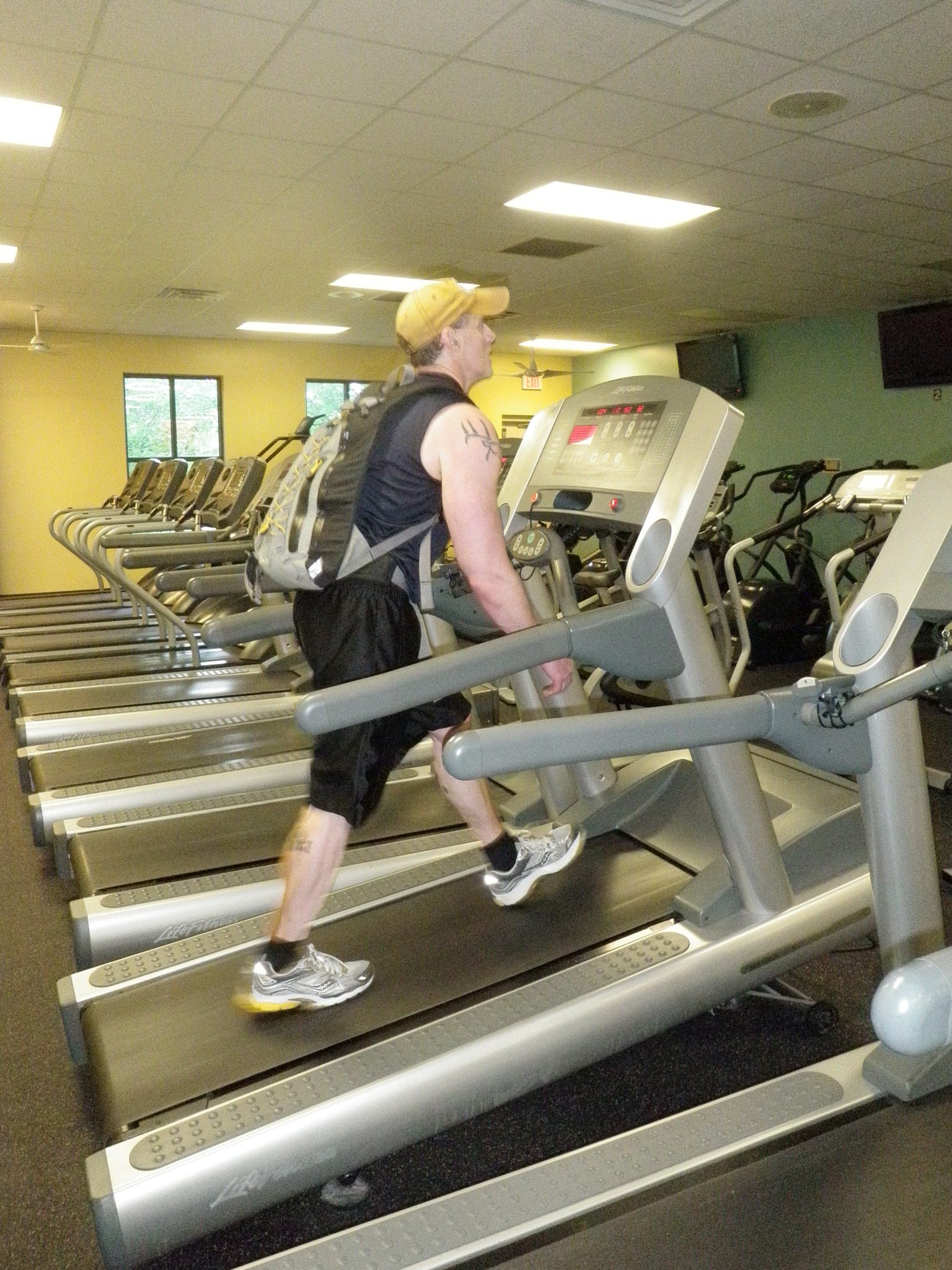
It is not exciting, but it yields the results I am looking for with little impact on my knees. In my neck of the woods the elk hunting terrain is seldom flat, so always walking with an incline replicates the terrain that I hunt in. I will vary the intensity between 2.5-3.5 mph depending on whether I am wearing a pack or not. My duration will be between 30-60 minutes depending on the day of the week, or I may add in an interval day here or there, as interval training will help add variety and enhance your training efficiency in a shorter amount of time. Depending on the time of year and whether it is shed hunting season, I will tend to do this activity 3-4 days a week. For muscle endurance you will want to train both your upper and lower body. I have found that body weight exercises go a long way in building endurance and strength, with again little impact on the body and risk of injury being greatly reduced over free weights and machines. 2-3 days a week I will do a variety of pushups, pull-ups and sit-ups, adding in a few free weights and machines for the lower body.
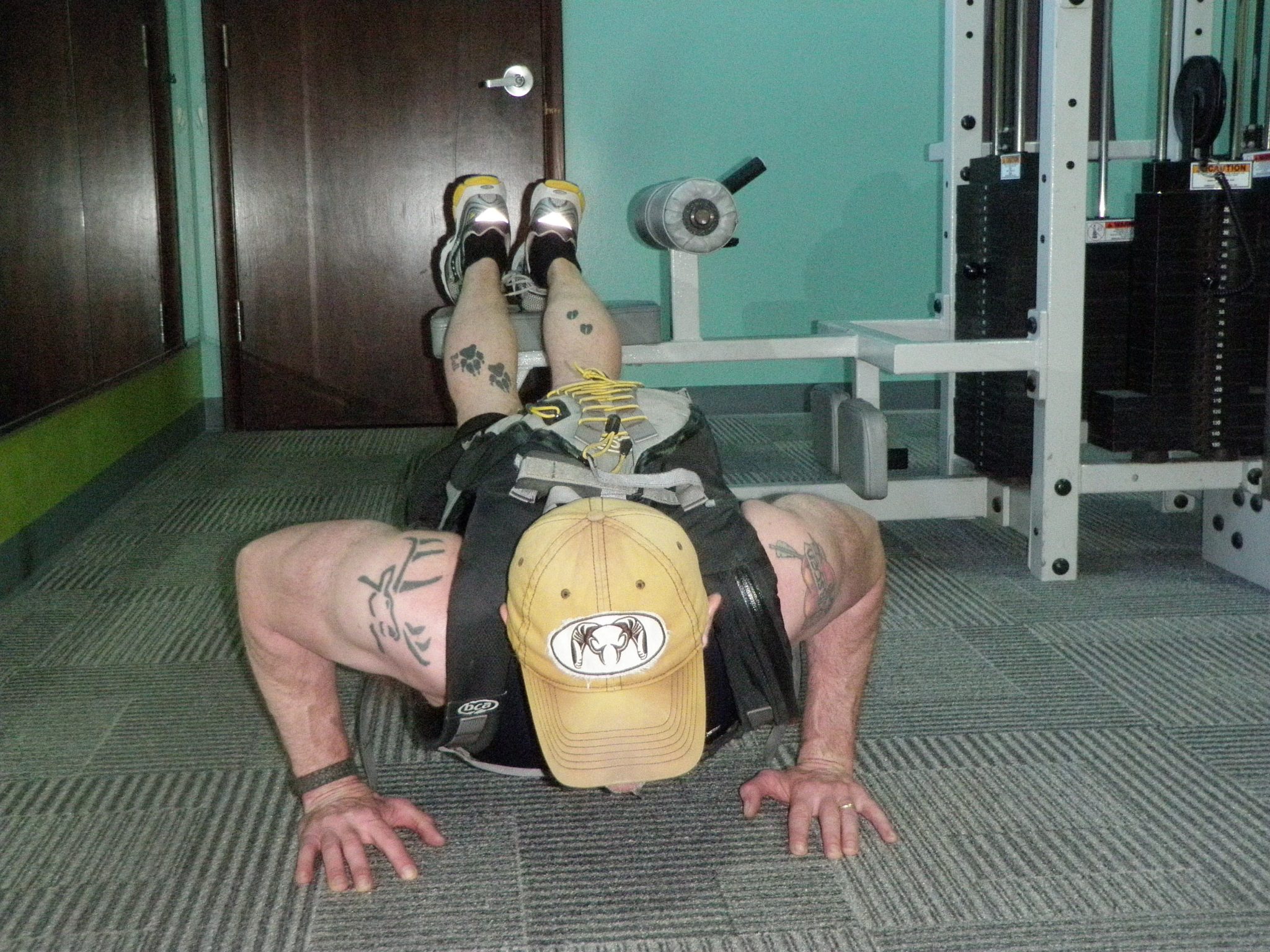
I had always been someone who worked the upper body and seldom the lower body, but as time goes on I have found that adding in a myriad of lower body exercises has helped muscle fatigue, because as we know your lower body takes the majority of the punishment afield. For the lower body I will do wall squats, lunges, a standing quad/hamstring push machine and quad extensions. As with the cardio workout, I am looking for exercises that have limited impact on my knees, but still yield the results I am looking for.
5. There was a good quote by someone on Rokslide recently, “as we age we want to be more like Patrick Swayze, versus Hulk Hogan”. I find this to be very true for me. I am looking for exercises that build and maintain strength, but allow your intensity and duration for physical activity to be maximized at a sustained pace. If you want to be able to hunt effectively each day out, then you want to be in the best shape you can be come opening day.
6. After each workout session or a long hunt, stretching has become a vital part of my daily activity. Stretching provides many benefits that I was not aware of many years ago, so I make sure to take the extra 5-10 minutes each day. Some of the benefits it provides are;
a. Increased flexibility, which helps prevent injuries.
b. Improved circulation and blood flow to your muscles which improves your recovery from a long work out or hunt.
c. Improved balance and coordination, which can prevent an injury.
d. Stiff and tight muscles in the lower back, hamstrings and hips can cause lower back pain. Stretching can alleviate this pain.
7. No one likes doing sit-ups or working ab muscles, but having a strong core goes a long way to preventing injury, maintaining your balance and allowing you to carry a heavy load in varying conditions. Something as simple as the plank and leg raises can strengthen your core to help prevent a back injury and to build overall endurance for mountain hunting. Find a few ab exercises and conclude your workouts with core building.
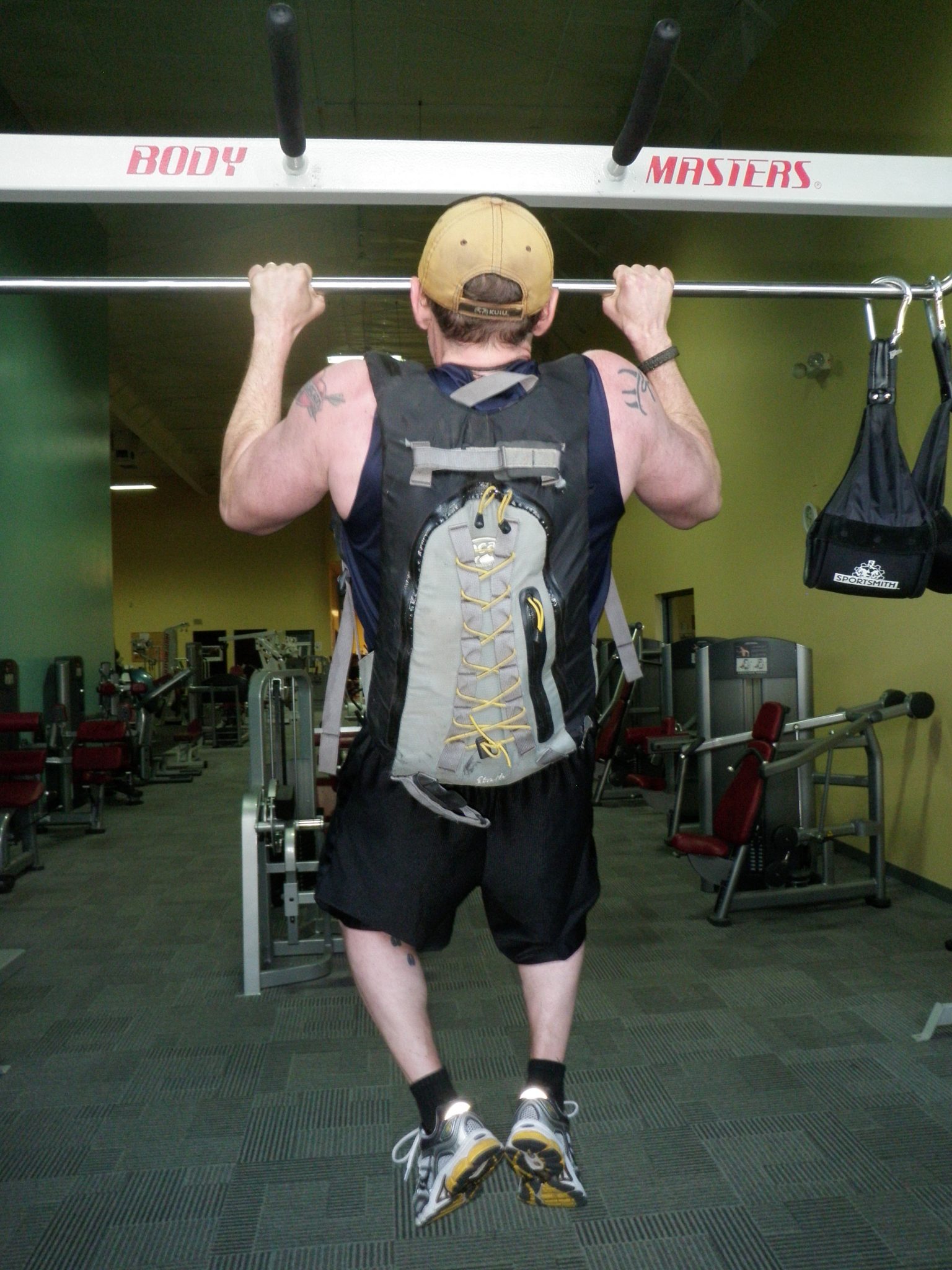
The key to any fitness plan is finding something you enjoy, so that you want to consistently complete your workout routine. Develop a routine and go for it. Hunting season is 60+ days out. Good Luck towards achieving your hunting fitness goals!
